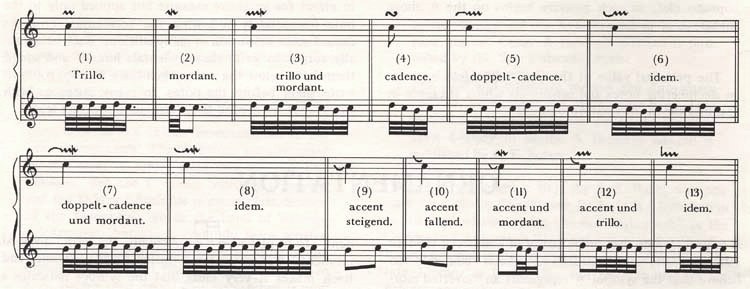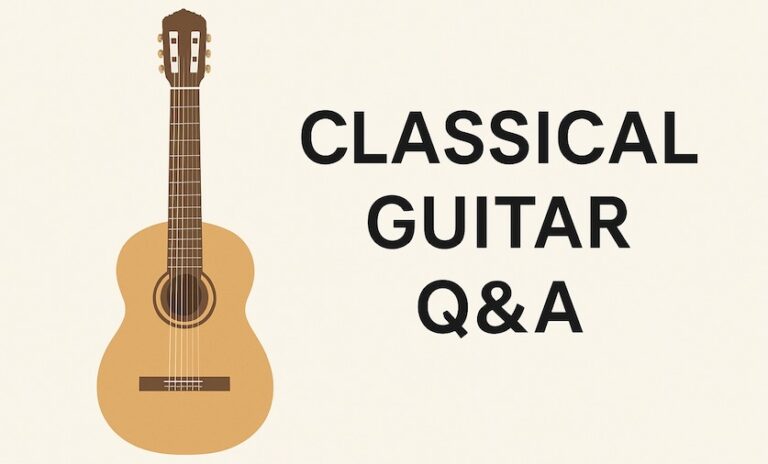A lesson on Baroque ornamentation from Scott Morris. As he says, this is a good jumping point and introduction to ornamentation. The video was made via Guitar Salon International. He’s playing the Sarabande from Bach’s unaccompanied flute partita, BWV 1013.
Here’s the Bach chart he talks about
A realization of some common Baroque ornaments is set in the following table from the Klavierbüchlein für Wilhelm Friedemann Bach written by J.S. Bach. Wikipedia has a decent entry on ornamentation as well.




This is, without a doubt, the best ornaments/trills lesson online. I’ve had a few problems before, now I can do them and I can understand why they’re here and what’re their purposes -basicly, I can see the difference between playing with/without them. Thank you very much!
This is a very well done video introduction. However, I would not recommend J.S. Bach’s ornamentation table for his son Wilhelm Freidemann Bach since they are keyboard ornaments that don’t translate well to a plucked instrument. A much better starting place would be the lute ornamentation table found in the manuscript Nuremberg Germanisches Museum MS 274, possibly done by Adam Falckenhagen. (Robet Eklund discusses the ornaments in “UUB 20:13: A Contextual Study of a Lute Manuscript”, which you can download for free if you google it.) Modern guitarists should also know that the now common cross-string trill was most definitely not done in the baroque period!
Hi Christopher,
With respect, I feel no obligation to use only lute ornamentation when playing Baroque music on the classical guitar since it is not a lute. The classical guitar obviously did not exist during the period and therefore anything that it plays is automatically not authentic. While having a sound foundation in lute ornamentation is indeed helpful, I find Bach’s table to be just as helpful. Perhaps if I was playing an arrangement of lute music the choices might be different, but this is an arrangement of Baroque flute music and has nothing at all to do with the lute.
Best,
Scott
As Scott Morris says, the best advice is to listen to a variety of Baroque music to absorb the style. I doubt anyone from the Baroque era would ever care what ornaments the performer chooses providing it is ‘in the style’. And, I certainly believe that ornamentation and the unique way the performer executes the ornaments is part of the joy of improvisation and personal choice, which Baroque musicians appreciated. I doubt they would care what ornaments were used or how they were executed (if executed well). Play trills from the written note, cross string, whatever, but do it well.
Good comments everyone!
Very glad to see that you guys liked the lesson.
Scott, this is great! It’s the first thing I send to my students working on Baroque material!
Thanks very much, I am practising trils with my teacher now…..in Bach Cello Prelude